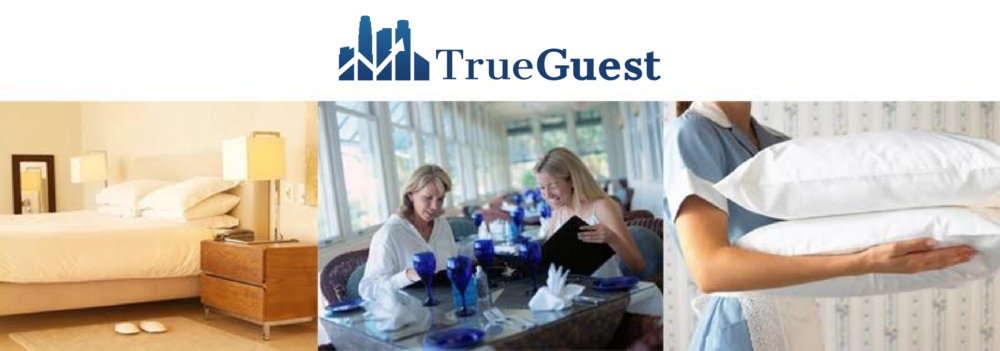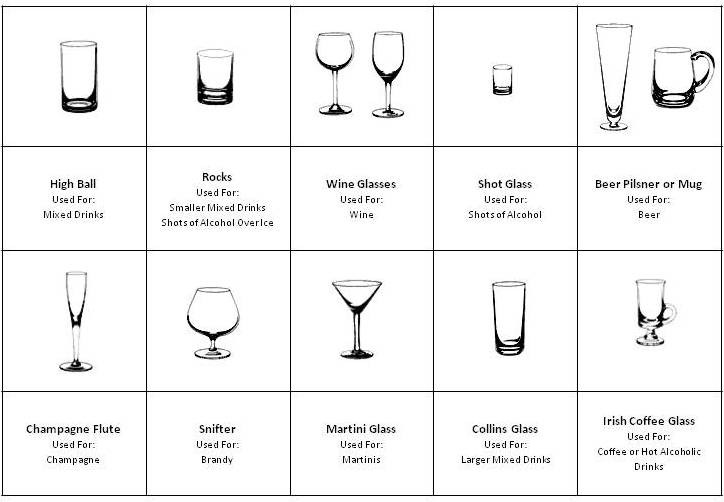
Section Goal: In this section, we are going to cover some of the basic drink preparation practices that every bar should have. Eliminate these ‘poor pour practices’ from your bar and watch your profits soar
Measuring Devices
Your bar’s expected beverage cost is calculated based on a certain number of pours per bottle of liquor. Why then, allow your bartenders to use a free pour method and risk accidentally over-pouring to raise costs. Though there can still be deliberate under or over-pouring, the use of a jigger or measured pourer will definitely help regulate pours. If free pouring is required at your bar for aesthetic reasons, make sure that you test your bartenders regularly to make sure their pour counting remains accurate. Here are three choices for measuring pours:
Jiggers – With jiggers, there is a clear method of liquor measurement that can be observed. Also, by using a jigger, recipes and beverages will stay consistently poured. The downsides to using jiggers include some negative customer perception (as they feel that the drinks are being rationed) as well as the ease of over/under pouring.
Measured Pourers – Measured pourers allow a certain amount of alcohol to be poured until the pourer automatically stops. There pourers are more deceptive to the customers as no jiggers need to be used but still have their drawbacks. The measured pourer, if held at certain angles, can negate the limiting effects by allowing a unending pour.
Liquor Pour Tester – Allowing bartenders to free pour is usually considered more aesthetically pleasing towards guests. Though testing regularly will help keep bartenders accurate, there is no way of visually determining whether or not the bartender is pouring correctly. Also, it will never be known whether the bartenders choose to only pour accurately for the tests and not for actual served beverages.
For more information on selecting the right pouring method for your bar, check out our article on The Best Methods for Pouring Alcohol.
Standardized Recipes
All menu items and popular beverages should have a recipe that all bartenders should follow. In alcoholic mixed beverages, the variations in recipes are enormous. Two bars just down the street from each other could make a ‘Long Island Iced Tea’ completely differently with different ingredients and different portioning. Making a standardized recipe sheet for all bartenders to follow will ensure that your costs for each type of drink will stay constant.
Glass Sizes
Glass sizes are important when it comes to proper portioning. Having glasses that are too large will usually make bartenders feel obligated to pour and fill up the glass, even if the recipe does not call for it. Martini glasses are usually the biggest problem when it comes to glass sizes. Make sure that you do not have martini glasses that are too large unless you have a specialty beverage. Also, with martini glasses, the beverage should not be poured all the way to the top as some space should be left at the top so it does not spill. On the chart below, find the different glass types and the beverages that they should be used for.
Standardized Wine/Beer Pours
Your liquor costs are based on a certain amount of wine or beer per serving. Wine and beer should not be served differently depending on the bartender. Make sure that your bartenders are trained on your bar’s standards for how to pour wine and beer.
For wines, determine and specify a height on the glass that wine should be poured to. For example, ‘two fingers space under the wine glass rim’ is a simple way to standardize your pours.
For beer on tap, minimize waste by training proper pouring methods to bartenders. Some waste is inevitable on beer taps, but bartenders should not be letting the beer run just because they are pouring it improperly.
How to pour a perfect draft beer:
- Use a clean glass. A dirty glass can prevent a proper foam head from forming and even negatively affect the taste of the beer.
- Hold the glass at an angle using the pour spout as a support. The poured beer should initially contact the upper-middle area of the glass.
- Open the tap completely in one motion. Opening the tap a fraction of the way or too slowly could result in extra foam.
- When the glass is half full, begin to slowly tilt the glass back to its normal position as the glass fills. Begin to position the class so the pour comes down the middle of the glass.
- As the glass comes close to filling, begin to move the glass further vertically from the pour spout. This will create a nice foam head ending.
- Close the tap quickly to end the pour.
If you can’t get the perfect pour, call your beer distributor to review your equipment.
Proper Ice
In alcohol, ice has many duties. It cools the beverage, dilutes the beverage, and occupies volume. If the proper ice is not used, the three duties of the ice will not be performed correctly. The perfect piece of ice would not be too cold so it would begin to melt on contact (effectively diluting the beverage and occupying volume) and large enough so that after cooling the beverage and melting has slowed, the ice would still be in the drink (continuing to cool the beverage).
To make sure that you always have the proper ice, clean and maintain your ice machine on a regular basis. Also, follow the proper operating procedures for the ice machine such as making sure the lid is always closed. Call your ice machine maintenance company if you are having problems.♦
Proper Pouring Order
For mixed beverages, alcohol should be poured first before mixers are poured into the glass. If a bartender pours alcohol last into the glass, it usually means one thing; the bartender is trying to manipulate the perceived strength of the beverage. Manipulating the perceived strength of the beverage means the bartender is probably under-pouring and stealing. See the Internal Theft section of this workbook for more detailed information.
Actions to take:
- Decide on the method you want your bartenders to use to measure their pours.
- Create standardized recipes for all of your hotel’s signature drinks. Make sure all bartenders are properly trained.
- Review your hotel’s glass sizes and make sure each glass size is appropriate for the amount of alcohol you want your bartender to pour.
- Create a standardized pour for your wine and your draft beer. Make sure all bartenders are properly trained.
- Review the quality of ice your ice machine makes. Adjust if necessary.
- Ensure all bartenders are pouring alcohol first, then mixers when preparing drinks.
Click here to continue to Causes of Internal Theft
♦
Your progress so far: 1.Introduction, 2.Understanding Budgeted Cost, 3.Inventory Inaccuracies, 4.Perpetual vs. Periodic Inventory, 5.Poor Pour Practices, 6.Causes of Internal Theft, 7.Common Types of Theft, 8.Self Assessment, 9.Review and Conclusion
♦


